Drones are sensational tools for photography, but they are often used only for shooting footage
In this article, I will give 9 tips on how to improve the quality of your drone photos. A few of them apply to all sorts of photo cameras, but most of them are specific to drones and they are all useful both for beginners and intermediate users
You can check the prices for all the different configurations of the Mini 4 Pro, for the Air 3 and for the Mavic 3 (affiliate link)
To post-process the individual RAW files I have used Luminar Neo, my favorite program for photo editing and photo and video organization, here you find info about the pricing options together with a discount coupon (code “Vicvideopic”)
Other related articles you may find useful:
If you prefer to watch this as a video, you will find my YouTube version at the end of this article
9 – How to Expose Photos
The correct exposure is crucial for quality images. It is always better to err towards underexposing rather than overexposing, as it is possible to recover dark shadows up to a certain degree, while there is nothing to do with burnt highlights
The main tool I use for exposing is the histogram, both for photos and video. I leave some empty space between the last bar to the right and the right edge of the histogram, to make sure that the highlights are preserved
When exposing manually, at the bottom of the exposure window the MM value displays the luminosity resulting from the exposure values. I prefer to have the value in slightly negative territory, between -0.3 and -1
Another tool that can be used to expose is the overexposure warning. It displays striped bars in the overexposed areas. Some people like it, although I never use it, as I find it distracting
In this article, I analyze all the Settings for photography in DJI drones. I suggest watching it to apply the tips and tricks described here
In this article, I show How to make long-exposure photos with a drone for unusual creative effects
8 – Use Automatic Exposure Bracketing
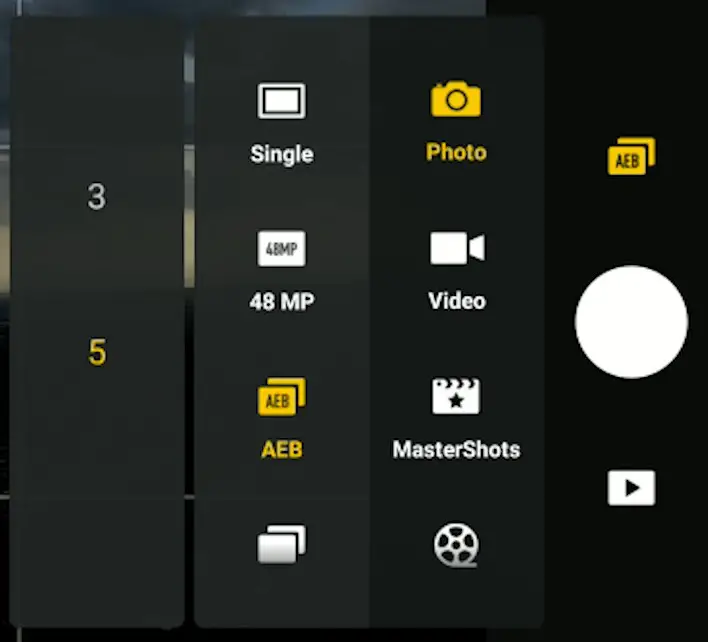
When Auto Exposure Bracketing is selected in the Photo menu, the camera will shoot several photos in rapid succession with an interval of two-thirds of a stop between each of them. I always use AEB mode with five or seven shots for two reasons
First of all to make sure that I always get one photo perfectly exposed, since I have several different exposure values for each of them, much like an insurance policy against wrong exposure
It is always very disappointing coming back after a trip to a faraway place to realize that a couple of the best photos are ruined by bad exposure. The cost of shooting extra photos these days is practically zero, so I suggest keeping AEB always on
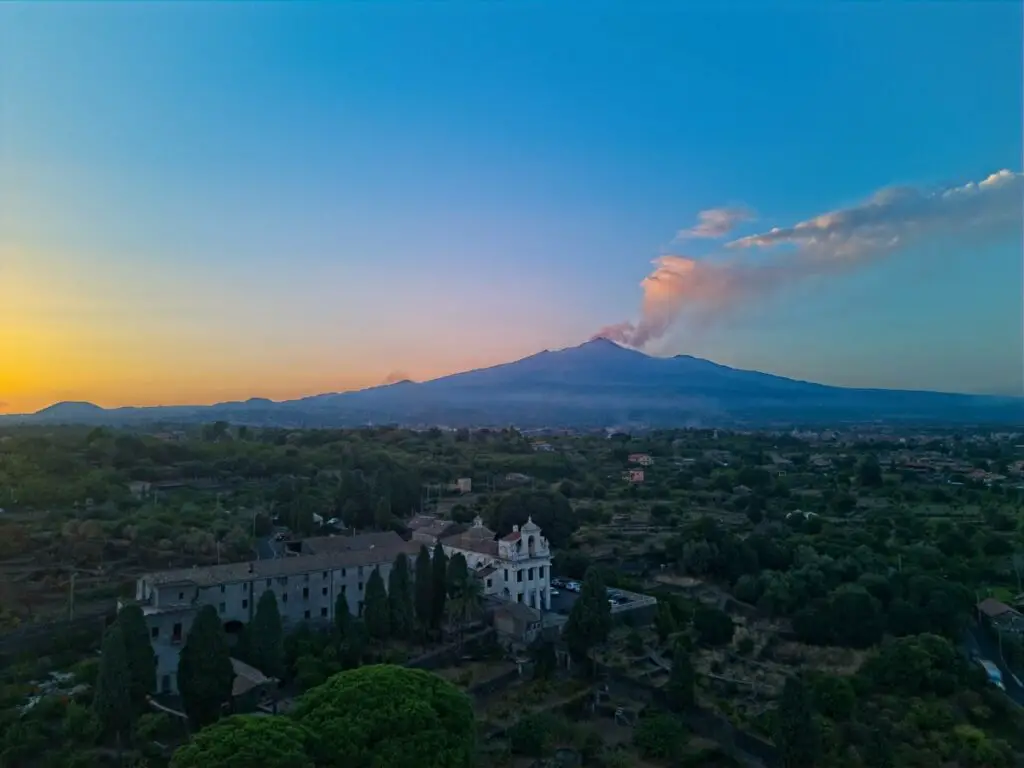
The second reason for using AEB is that it is then possible to merge the images to HDR to get at times better results, especially in situations of high dynamic range, like shooting in the direction of the sun
The software will take the darkest part of the image from the brightest photos and the brightest ones from the darkest image, thus reducing the dynamic range. For more details please refer to my article AEB photo mode with the DJI Mini 3
7 – Manual Exposure and White Balance
I suggest to always use manual exposure. The reason is to be able to control the individual exposure parameters
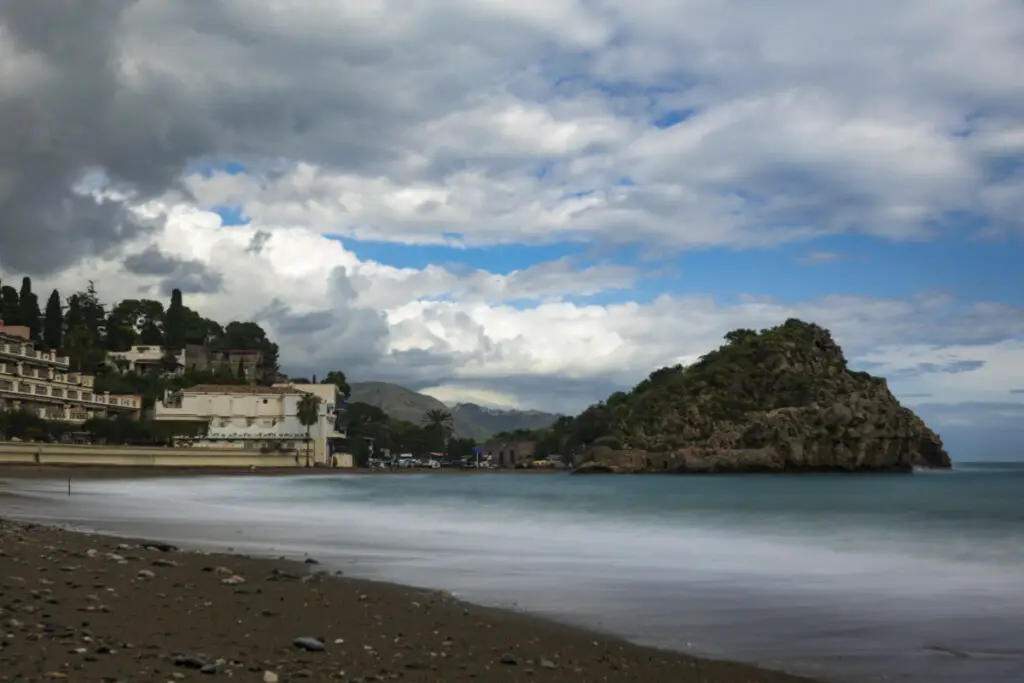
At times a fast shutter speed is needed to freeze the motion, other times the opposite: using a long shutter speed to get silky clouds or waves, or to give an idea of movement
If we have control of the aperture, like in the Mavic 3, we might want to use a very wide aperture to blur the background when we have a subject in the foreground, or a very small aperture to have star-shaped light sources
Using manual white balance is not as critical in photography as it is in video, but using auto might cause differences in value between similar photos, which makes editing them more time consuming
6 – Use RAW format
Photos saved in RAW format contain more information, especially in the shadows, and respond better to color grading and color correcting. JPEG photos have already a good dose of processing applied, they are in a way pre-cooked, so they leave less latitude for post-processing
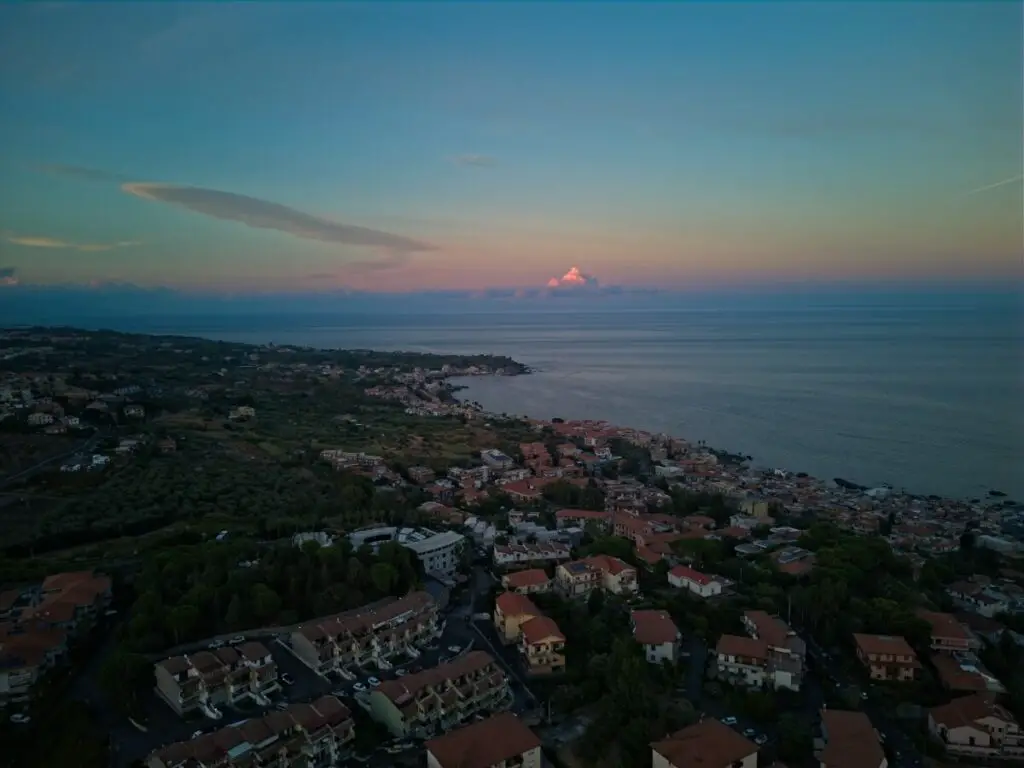
In recent models of the DJI line JPEG images have improved a lot, therefore they can be used to quickly share them on social media
5 – Composition
The same scene may look very different, in many cases better, by applying some basic rules of composition. And in any case, by knowing the rules it is possible to break them

One of the most used one is the Rule of T hirds, which consist of not placing the main subject in the middle of the images, but rather on a third, either horizontally or vertically, or both. All DJI models have an overlay with a grid for the rule of thirds which makes it very easy to apply this rule
As an example in drone photography very often we have the sky and the horizon in the frame. It is in general more interesting to have the horizon in the upper or lower third rather than in the middle
Sometimes the same applies to a landmark in the scene: rather than placing it in the middle, a position on one of the thirds can be more appealing
In the case of a moving subject, it is recommended to place it on the third which leaves more space in the direction of the movement

Look out for scenes containing geometric lines, as they can add interest to the composition
4 – Different Points of View in Drone Photography
The same scene looks different from different angles. With drones, we have the possibility to access unique points of view
When taking images of a scene, it is a good idea to take plenty of shots at different angles, varying the altitude and the angle. To get the perfect photo of a specific landmark, it is a good idea to use intelligent flight modes like Point of Interest or Spotlight to find the best perspective for parallax
Bird’s eye view photos can only be made with drones and they often result in a completely different rendition of familiar scenes
This tiny island off the East Coast of Sicily is very popular around here, but when I showed top-down photos to friends living around here, they could not guess what it was
This fumarole in Iceland seen from above looks like an abstract painting by Klimpt
A vineyard seen from above might be mistaken for a cashmere blanket
3 – Use the Full Sensor of a Drone for Photography
In post-processing it is possible to reframe an image to place the main subject in the ideal position, crop it to get rid of unwanted elements, or rotate it to add interest
The photo resolution of drones is lower compared to a full-frame camera, therefore it is important to take advantage of every available pixel
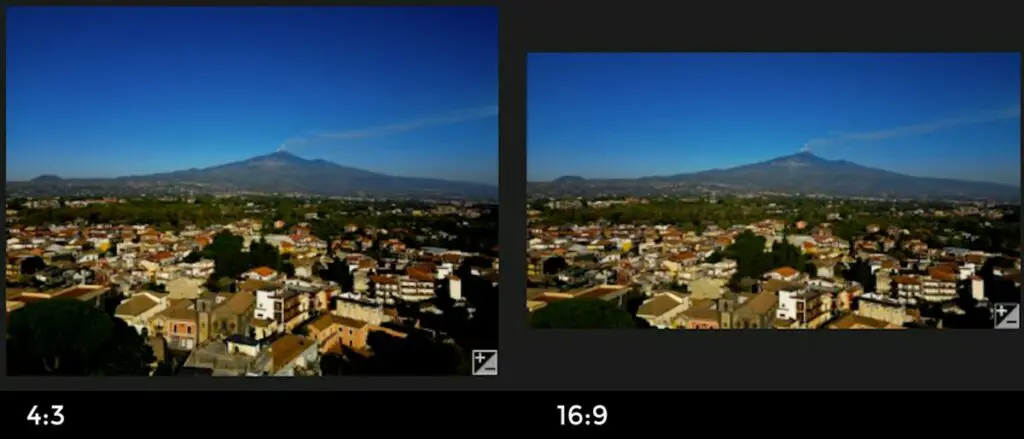
When Photo is selected in the Video/Photo menu, in the camera tab of Settings there is a choice for Size between 4:3 and 16:9
I suggest always choosing 4:3 to get the full resolution of the sensor, when choosing 16:9 we get a cropped version to fit a landscape video format
2 – Inspect the Location for Drone Photos
To make the most of a specific location it is important to inspect it well. Often when visiting an unknown place the first photo session is beneficial for scouting purposes: we take as many photos as possible from different angles and different heights
When analyzing the images taken in front of a computer we often spot the ideal shots that we will take going back to the same location
A very useful tool to inspect an unknown location is Google Earth where it is possible to move around the place with a 3d view on the computer to carefully analyze the scene
When preparing a photographic trip with a drone always inspect the official maps to find out if there are any restrictions due to regulations. Consult the maps of the aviation authority of that country or DJI Fly Safe maps
1 – Time of the day for Best Photos
If I should give only one tip to someone starting in drone photography it would be to always choose the best light conditions
Avoid shooting in the middle of a sunny day. This is the time when photographers are supposed to be asleep. The shadows are very dark, the contrast too high and the result very disappointing
It is much better to choose the first two hours after sunrise or the last two before sunset for much softer shadows and a warmer feel
Another excellent time of the day for drone photography is after sunset when the street lights turn on and there is still a bit of natural light
Many more examples in my article about Low light photography with the Mini 3 Pro
The only time when I take photos or videos in the middle of the day is when the sun is covered by clouds, as they act like a giant soft box, for smoother shadows
